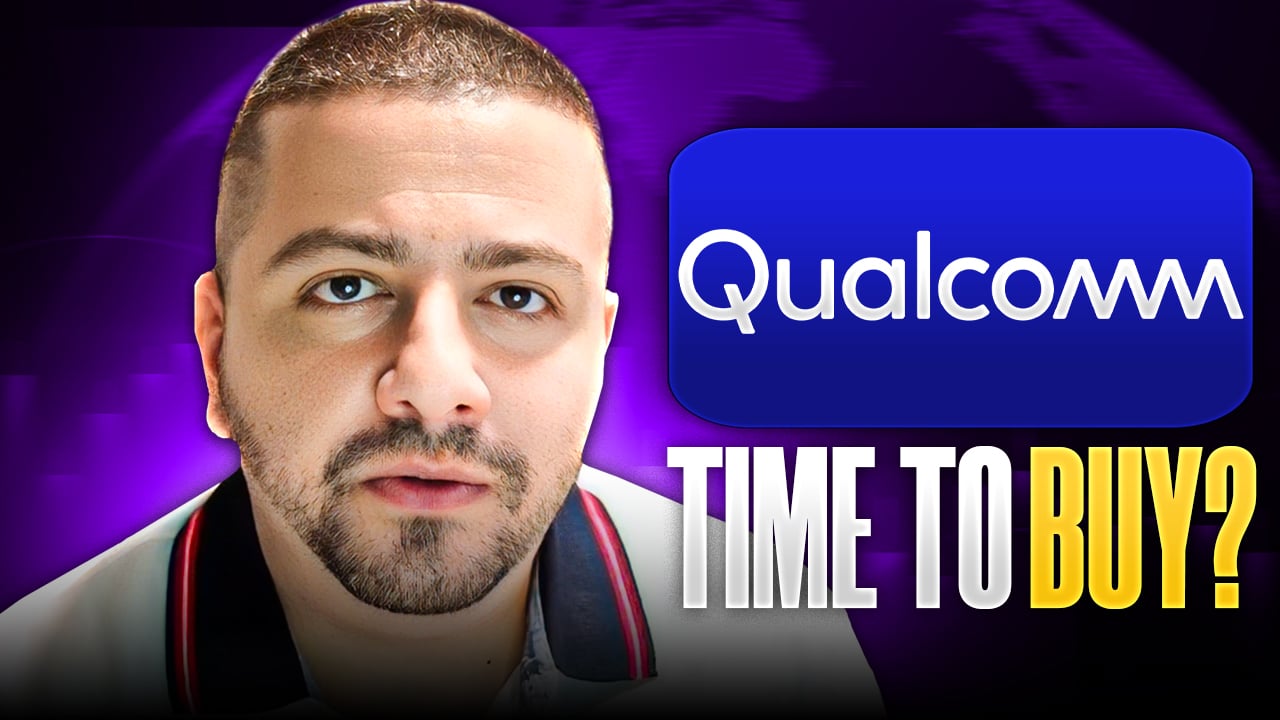Dividend stocks often form the foundation of great retirement portfolios. Typically they serve as a beacon to attract investors to highly profitable businesses. Unfortunately, not all dividend stocks are created equally, and occasionally some can be downright toxic for your portfolio.
With this in mind, we asked three of our Foolish contributors for one high-risk dividend stock that they would recommend you avoid. Making the list were office superstore Staples (SPLS +0.00%), cigarette producer Vector Group (VGR +0.00%), and digital communications juggernaut Qualcomm (QCOM 4.79%).

These dividend stocks make us say, "No thanks!" Image source: Getty Images.
Where'd the "easy" button go?
Sean Williams (Staples): Investors have to remember that dividend stocks are about more than just their yield. One high-risk, high-yield dividend stock that investors would be best off avoiding is office supply superstore Staples.
This big issue for Staples, much like every big-box retailer, is that it's facing substantial competition from e-commerce (ahem, Amazon.com (AMZN 0.37%)). Online competitors like Amazon have far lower overhead costs because they're not operating brick-and-mortar stores, which translates into lower costs that often undercut what can be found in Staples' stores. This is a key reason why Staples has been losing its core small business customer to Amazon and other e-commerce retailers. Not to mention, online shopping is more convenient on the consumer, and it can offer a greater variety than what's found inside Staples' brick-and-mortar locations.
Staples really only has two answers to this small business shift to e-commerce: shrink, and focus on its own direct-to-consumer sales. But here's the issue: Cutting costs and closing stores isn't a long-term strategy. Sure, it can help maintain gross margin and give off the impression of a healthy company, but sales and profitability will continue to shrink. At some point its dividend will become unsustainable -- and its 5.7% yield is the only thing really buoying its valuation at this point.

Image source: Staples.
What's more, despite heavy investments in direct-to-consumer sales, Staples isn't seeing any real payoff. During the third quarter, sales at Staples.com wound up declining by 1% on a constant currency basis. In the recently reported fourth quarter, Staples saw its North American retail business, which doesn't include its direct-to-consumer sales, fall 5% on a comparable-store basis.
Staples' best days are likely behind it, and with no clear-cut turnaround strategy and merger avenues essentially cut off by the Justice Department, its future is very much in doubt. This is a high-risk dividend stock worth avoiding.
This dividend could go up in smoke
Brian Feroldi (Vector Group): Cigarette manufacturers benefit from fat margins, pricing power, and brand loyalty that other companies can only dream about. That's why many companies in the tobacco industry can afford to send their investors big dividend checks each quarter.
Vector Group, a hybrid tobacco and real estate company, is no exception. This company's generous payout gives its stock a massive yield of 7.6%, which at first glance looks like a home run investment. However, a closer look at the company's financials gives this investor pause.

Image source: Getty Images.
First off, while the Vector Group is profitable, it isn't taking in enough cash to cover its dividend. Profits in 2016 totaled $71 million, but the annual dividend payment cost the company $210 million. How did the company bridge the gap? By taking on debt, which isn't a sustainable solution.
Taking on debt to meet the dividend's demands isn't a one-time event, either. Vector Group has a history of tapping the debt markets to fund its overly generous dividend. Predictably, this has caused long-term debt to balloon. At year end, Vector Group's total notes payable and long-term debt obligations stood at more than $1.1 billion. By contrast, this figure was $557 million at the end of 2010.
I'm a big fan of companies that pay out a portion of their earnings to investors, but I'm concerned that Vector Group won't be able to keep funding its dividend indefinitely. That makes this a high-yield stock that I want nothing to do with.
Too many questions, not enough answers
Tim Brugger (Qualcomm): The various lawsuits and delays involving Qualcomm's acquisition of NXP Semiconductors (NXPI 1.17%) may not amount to much. However, despite its sound 3.6% dividend yield, the uncertainty involving the license fees Qualcomm commands -- which is handily its largest profit producing segment -- makes it an iffy dividend stock right now.

Image source: Getty Images.
Last quarter demonstrated how critical Qualcomm's patent licensing revenue is to its bottom line. Qualcomm ended its fiscal 2017 first quarter with a 4% increase in revenue year over year to just shy of $6 billion. Two-thirds of its $6 billion in total sales, a figure that amounts to just over $4 billion, was derived from its mobile access division.
Qualcomm's licensing unit generated $1.81 billion in revenue for the quarter. But an astounding 85% of Qualcomm's licensing sales, equal to $1.53 billion, counted as earnings before taxes. Mobile access and related sales? A mere $724 million of Qualcomm's $4.1 billion in revenue were reported as earnings before taxes.
License fees are akin to Qualcomm given free rein to print money. But with a $1 billion lawsuit from longtime customer Apple looming, along with an estimated $865 million fine from South Korea's Fair Trade Commission, growth and income investors would be wise to look elsewhere until Qualcomm's legal troubles get sorted out.
Toss in uncertainty surrounding Qualcomm's proposed acquisition of NXP -- which recently received yet another extension of the $47 billion deal -- and there are simply too many questions and not enough answers.








